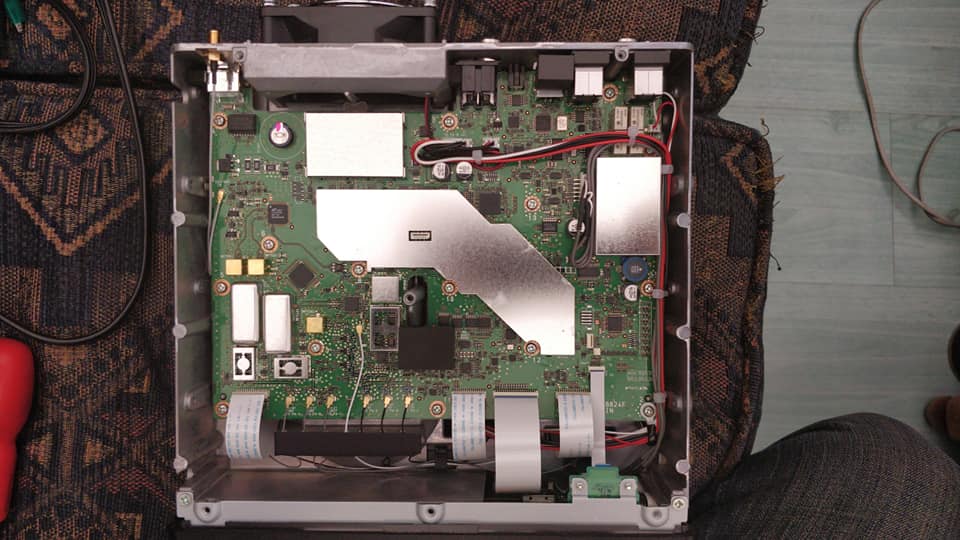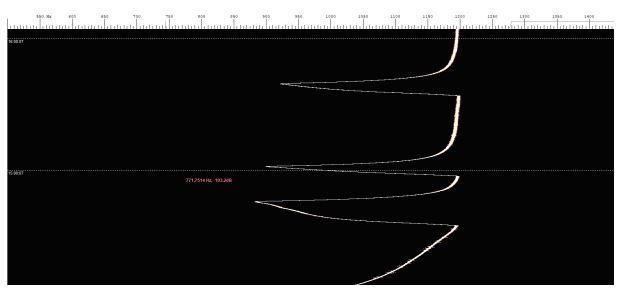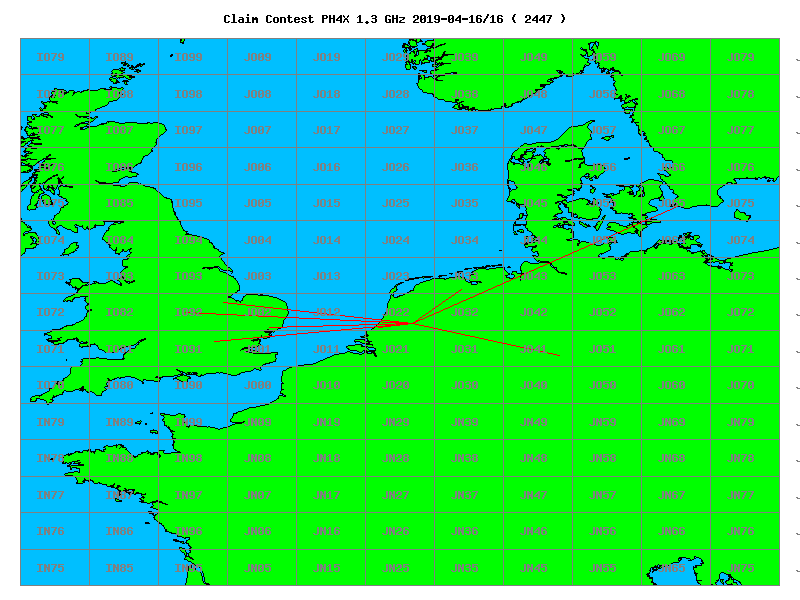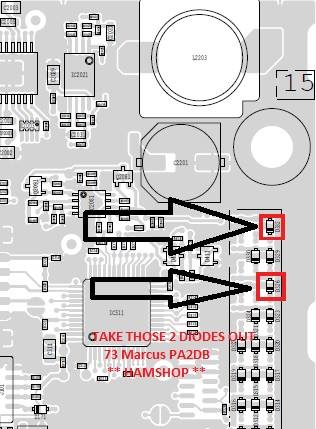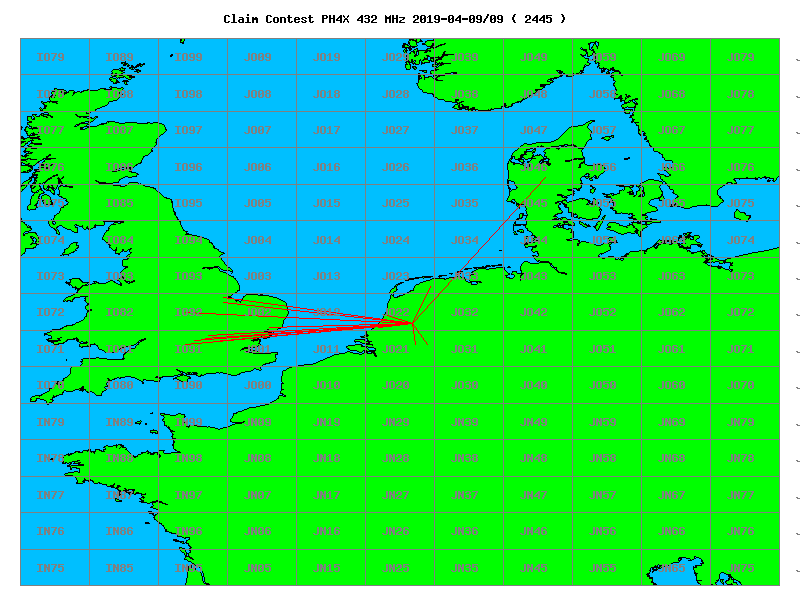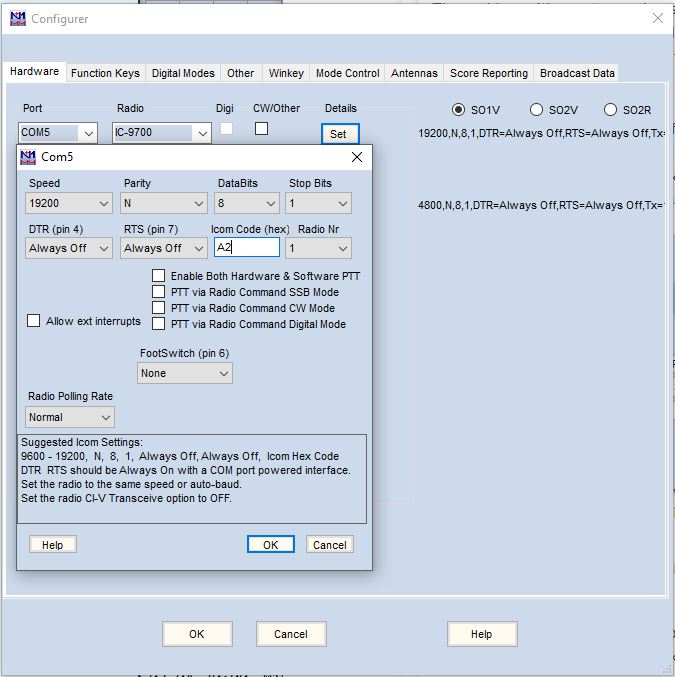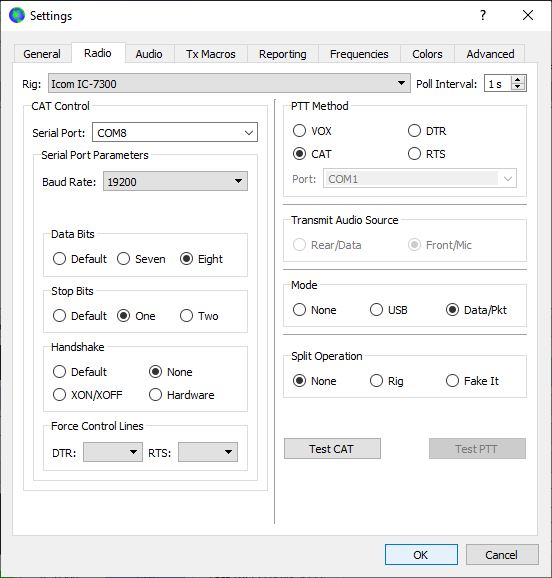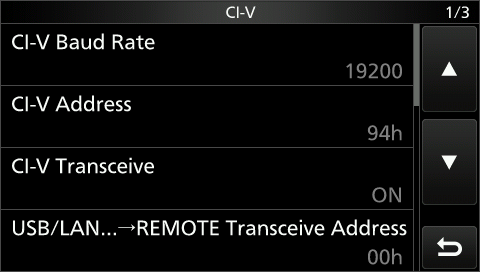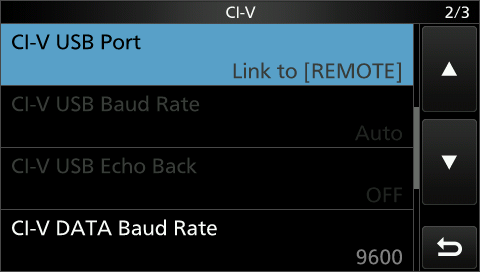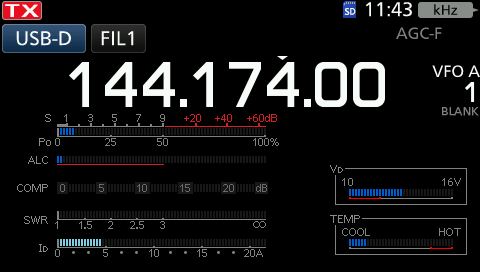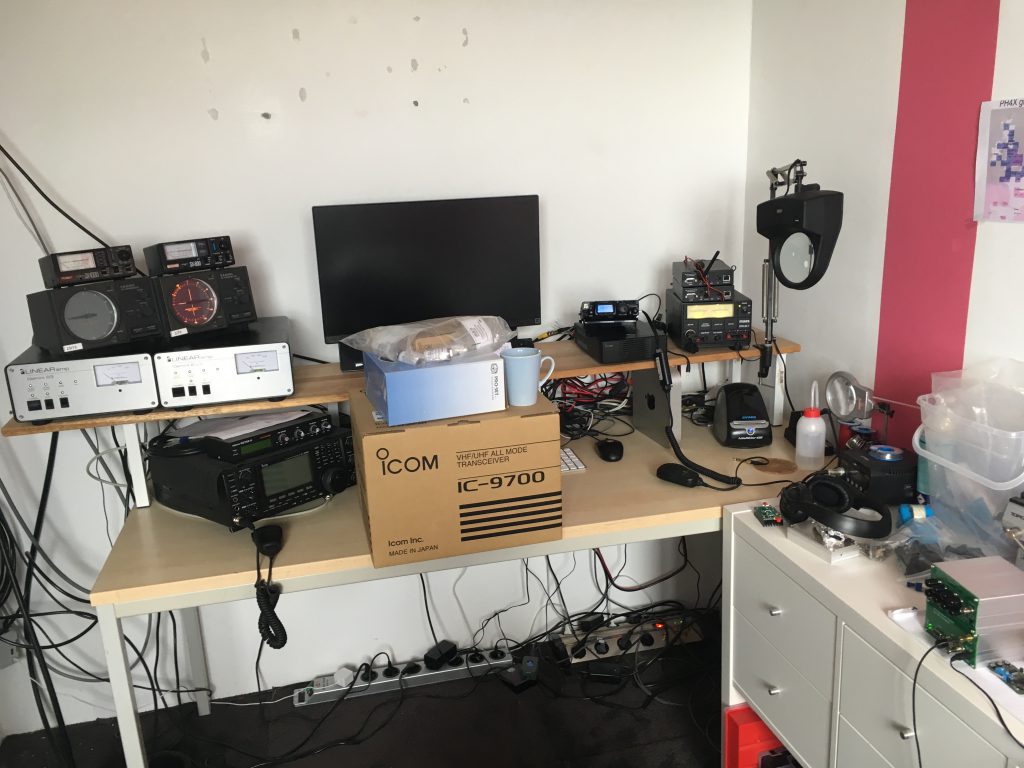Easter. It means a long weekend off. Time for me to be busy in the shack. I started with a ride to SM/Ikea to buy some cupboards. One to the left of the desk to house the VHF and UHF amplifiers and rotators, the other one on the desk to make more room for radio’s. It looks really clean right now. I only have to find a way to lower the monitor about 15 centimeters, since it’s somewhat too high right now to be comfortable.

Antenna
I also mounted the CG-3000 tuner with about 11,5 meters or wire on a pole. The end of the wire is aggravated with some nuts and thrown into a tree at the back of the house. It’s tunable from 160 meters till 10 meters with about 11,5 meters of wire. I dont have the ambition to be very active on HF, but missing the 30-meters and 17-meters band to keep my CW-skills up2date since there is almost no activity on 2-meters besides the yearly Marconi contest.



